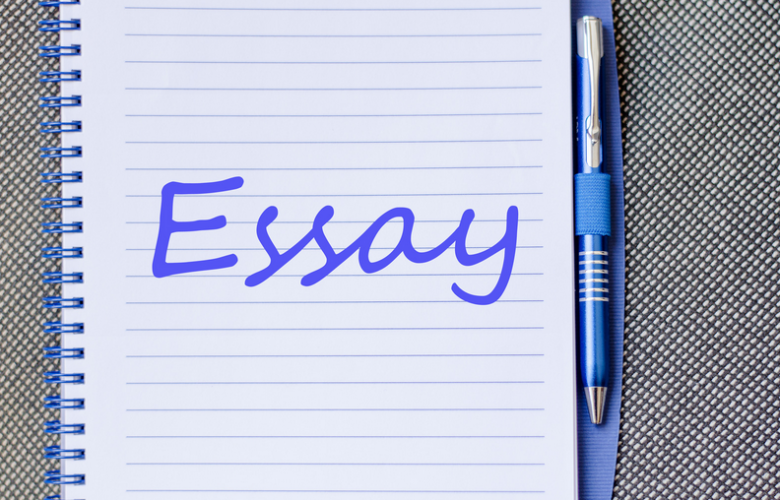
There’s a myriad of how-to guides and guides on designing the curriculum for your class when you’re the first teacher. You’ve likely completed plenty of examples of curriculum-related exercises during your undergraduate or graduate courses. In your initial years as an educator within your “real life,” there’s a tendency to become anxious or confused regarding how to create your curriculum to challenge and teach your students.
Exam Edge is an industry leader in the test prep online and teaching field. We have many new and aspiring teachers’ sources, such as conducting certification exams and test preparation. However, practice tests aren’t the only assistance we offer. In this blog, we’ll review the best ways to design curricula that impact your students.
Research Your State’s Curriculum Requirements
The primary step to understanding the best way to design an educational program is to ensure that you’re following your state’s regulations. You will likely need to address specific topics and subject matter based on the state in which you live.
For example, the NC State General Curriculum test that Exam Edge can assist you in preparing for if contemplating teaching the state of North Carolina includes a broad range of subjects. These subjects must be part of your course to ensure that pupils finish at the required state grade by the close of the course. This is the situation for North Carolina; this includes topics like:
- Probability and statistics
- Geometry
- Language Arts / English
- Science, engineering, and technology
- Social sciences
These rules will alter or shift based on the grade you’re teaching. Be sure to review the requirements for your particular class before beginning writing your course. The Praxis Elementary Education Curriculum, Instruction, and Assessment Test, For instance, provides the knowledge teachers need to include in their curricula geared towards elementary school children.
Plan Your Content With Students In Mind
Please take a moment to think about how it felt to be a student in the classroom when you were in the same class as your classmates. While you’re figuring out the best way to create your curriculum, bear an eye on the students you teach. They will include many different children who are different in their learning and have various backgrounds, and are diverse in their concentration and focus capabilities. The best approach to deal with the issue is to include numerous methods and learning styles.
Consider, for instance, using the services of guest speakers, YouTube educative videos writing assignments, music, creative projects that require hands-on involvement, and other interactive options. Some students learn best through “getting hands-on” creating dioramas or those who are more inclined to write (whether they write imaginative, creative stories or academic essays). Your students may connect better through visual aids, and sure, students may prefer notes in the style of lectures to understand the subject matter with a variety of strategies and options that draw students’ attention to different preferences for learning.
The ability to have a wide range of learning opportunities that cater to different learners is beneficial when you plan to become an educator in Special Education. The GACE Special Education General Curriculum test examines these aspects and is essential that teachers know entirely before starting their exceptional education career. The test focuses on these ideas as you begin to think about how you can develop curriculum contents:
- The design of the learning environment and social interactions
- The development and learning characteristics of learners
- Professional responsibilities and foundations
This boils back to unified attention to your students’ individual and collective requirements.
Take Advantage of All Resources
Creating a curriculum is an essential element for every teacher, which is why there’s no shortage of resources available to investigate. Get advice from experienced teachers at your school, your mentors, and friends who have helped you along your journey to education and online help groups,.
Using the tools accessible to you, like planning books or even pre-packaged curriculum, will provide you with an understanding of the direction in which your curriculum is expected to be headed.
However, you’ve to put your twist on the subject. They’re great for preparing curricula in packages; however, they tend to appear boring to students and are usually created with a single kind of student. They could not be the perfect choice for your teaching style! Once you’ve reviewed your available resources, you can experiment with different styles, types of content, and lesson plan options to discover the one that is right for you.
Relax and Practice
Our final approach to creating the curriculum is to take a moment to take a deep breath and remember that nobody “gets what they want” the first time. There might not be any “right” to obtain! When you’re continuing to teach your profession, you’ll modify your curriculum as you become more comfortable with various teaching styles and also change how your students learn the topics you teach. That’s okay!
It’s also acceptable to change the content of your curriculum as you progress. It is recommended to get your curriculum materials in a location that you’re comfortable with and try it out by teaching students. After a few weeks, you’ll get real-world feedback about how your curriculum is structured as well as an understanding of the needs of your students and be able to adapt to meet their needs.

